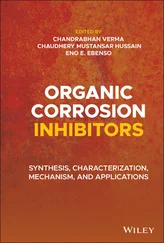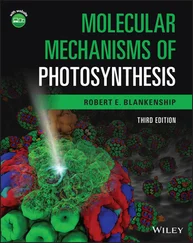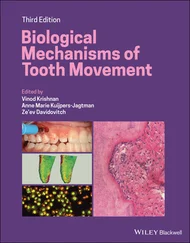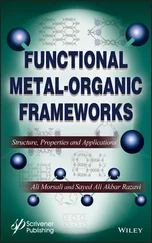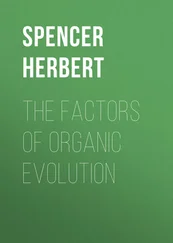Figure 1.13shows that the real structure of the carbonyl (C=O) group can be characterized by two resonance structures A and B owing to delocalization of the π electrons in the C=O bond domain. Each of the structures A and B makes certain contribution to the real structure of the carbonyl group, consistent with its overall bond polarity as shown in structure C. The real wavefunction of carbonyl Ψ Ccan be formulated as the linear combination of the wavefunctions of structures A and B (Ψ Aand Ψ B, respectively).

FIGURE 1.13 Possible resonance structures for the carbonyl (C=O) group.

FIGURE 1.14 Resonance stabilization of the anolate anion.

Due to a charge separation, the structure B possesses a higher energy than does the structure A. The contributions of structures A and B to the real structure of carbonyl are not the same. In general, a resonance structure possessing a lower energy has greater contribution than that which possesses a higher energy [4]. Therefore, the structure A is the major contributing Lewis structure to carbonyl, while the structure B only makes a minor contribution.
Similarly, due to delocalization of the negative charge via a conjugate π bond, an enolate anion resonates between two anionic structures as shown in Figure 1.14. As a result, each of the oxygen and α‐carbon atoms is partially negatively charged, giving rise to the resonance stabilization. Further discussions on the structure of enolate and its reactivity will be presented in Chapter 9.
Since bonding electrons in a σ‐bond are also delocalized in the bonded atoms, a compound that only contains σ‐bonds can also be characterized by different Lewis structures (resonance structures). Figure 1.15a shows that the σ bond in hydrogen chloride (Ψ HCl) contains both covalent (Ψ covalent) and ionic (Ψ ionic) characters [5], which can be expressed mathematically as

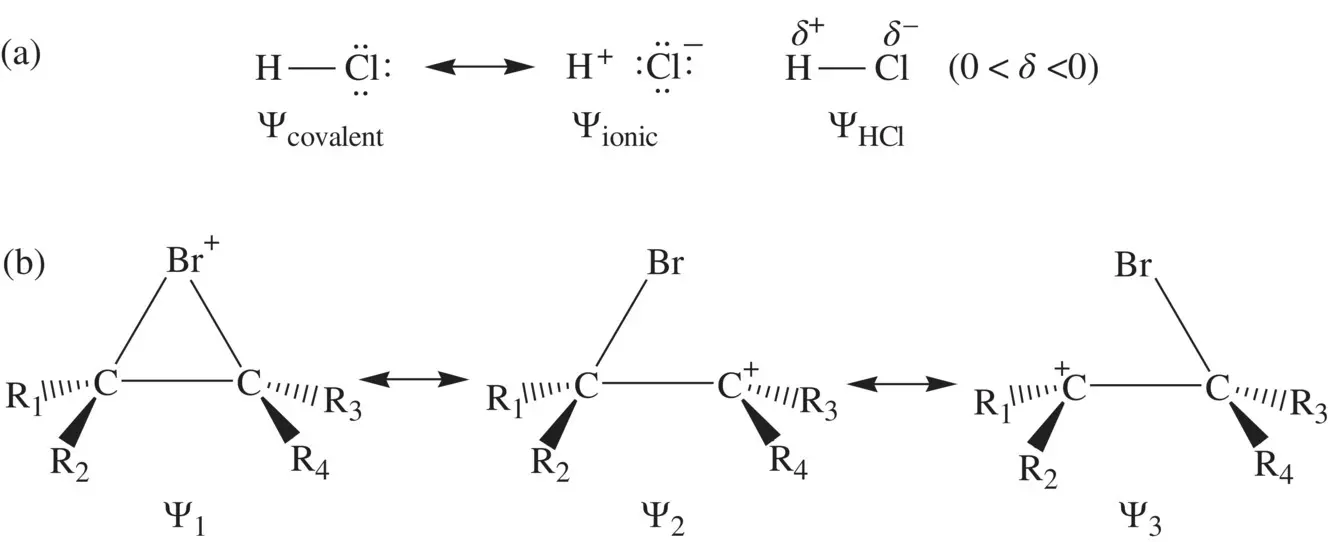
FIGURE 1.15 Possible resonance structures for (a) hydrogen chloride (HCl) and (b) a brominium cation.
The covalent contributor (HCl) possesses lower energy. Thus, it is more important than the ionic contributor (H +Cl −). In other words, the true structure of HCl is neither pure covalent nor pure ionic. It resonates between the two structures, consistent with the observed bond polarity.
Figure 1.15b describes the nature of a brominium ion, the intermediate of electrophilic bromination of an alkene (see Chapter 3for more details). The positive charge can be delocalized to all the three cyclic atoms giving rise to three contributing resonance structures. Overall, the real wavefunction of the species (Ψ) can be expressed in terms of linear combination of the wavefunctions of the individual resonance structures as shown below:

The relative importance of the contributing resonance structures depends on the nature of the R groups. We will have more discussions on this situation in the individual chapters.
1.8.4 Frontier Molecular Orbitals
In a molecule, AOs of the constituent atoms overlap (LCAOs) giving rise to the formation of a set of MOs. As a result, all the electrons will move in the entire molecule. Some MOs with lower energies will be filled (occupied) by the electrons. Other MOs with higher energies will remain empty (unoccupied). The highest occupied molecular orbital (HOMO) and lowest unoccupied molecular orbital (LUMO) in a molecular are particularly important, and they are referred to as frontier molecular orbital s ( FMO s). In H 2, there are only two MOs ( Fig. 1.8). Both of them, σ 1s(HOMO) and σ 1s *(LUMO), are FMOs. In the C=C double bond, there are one σ‐bond and one π‐bond ( Fig. 1.10a). The FMOs are π p(HOMO) and π p *(LUMO). In 1,3‐butadiene (CH 2=CHCH=CH 2), the FMOs are ψ 2(HOMO) and ψ 3(LUMO) [ Fig. 1.11b]. In general, only the FMOs (HOMO and LUMO) participate in reactions and the other orbitals (lower‐lying or upper‐lying MOs) remain approximately intact during a chemical reaction [6]. Many concerted reactions are effected by interaction of the HOMO of one reactant with the LUMO of the other. This requires that the reacting FMOs must have symmetry‐match [1]. This case will be further addressed in the individual chapters, particularly in Chapter 4. In addition, when the energy of a photon ( hν ) at certain wavelength (frequency) matches the HOMO–LUMO energy gap, the photon can be absorbed by the molecule resulting in electronic transition from HOMO to LUMO. This type of absorption is common to many compounds whose molecules contain π‐bonds. π (ΗΟMΟ)–π* (LUMO) transition occurs when the light with matching energy is absorbed. The transition gives rise to certain colors for the compounds containing π‐bonds. In addition, the transition makes both HOMO and LUMO singly occupied. As a result, photochemical reactions may become possible via the singly occupied molecular orbitals (SOMOs) ( Chapter 4).
1.9 ELECTROPHILES/NUCLEOPHILES VERSUS ACIDS/BASES
In organic chemistry, any chemical species that function as acceptors of an electron pair (2e) from another species are termed electrophiles. In contrast, any species that function as donors of an electron pair (2e) to an electrophile are termed nucleophiles. In inorganic chemistry, the electron‐pair acceptors (electrophiles) are called Lewis acids. The electron‐pair donors (nucleophiles) are called Lewis bases. Therefore, by the nature, electrophiles and Lewis acids are equivalent terms, and they are used to describe the same type of chemical species. Nucleophiles and Lewis bases are another set of equivalent terms, and they are used to describe another same type of chemical species.
Electrophiles are electron‐deficient species so that in chemical reactions they can accept a pair of electrons from a nucleophile to form a covalent bond. In contrast, nucleophiles are electron‐rich in order to be able to donate a pair of electrons to an electrophile to form a covalent bond ( Eq. 1.62) [1, 6].
(1.62) 
An electrophile can be a cation (positively charged) or a neutral molecule. In general, in order for a neutral molecule to be an electrophile, the molecule usually should contain a polar covalent bond, with the reactive center (the atom that accepts an electron pair) being partially positively charged. Alternatively, if an atom in a neutral molecule contains an empty orbital (typically, a p orbital), the molecule can also be an electrophile, with the reactive center being on the atom that contains the empty orbital. A nucleophile can be an anion (negatively charged) or a neutral molecule. In general, a nucleophile contains at least one lone‐pair of electrons which is relatively active and able to be donated to an electrophile forming a covalent bond ( Eq. 1.62). In some types of molecules, a bonding electron‐pair including σ‐bond and π‐bond electrons can also be donated to an electrophile forming a covalent bond.
Читать дальше









